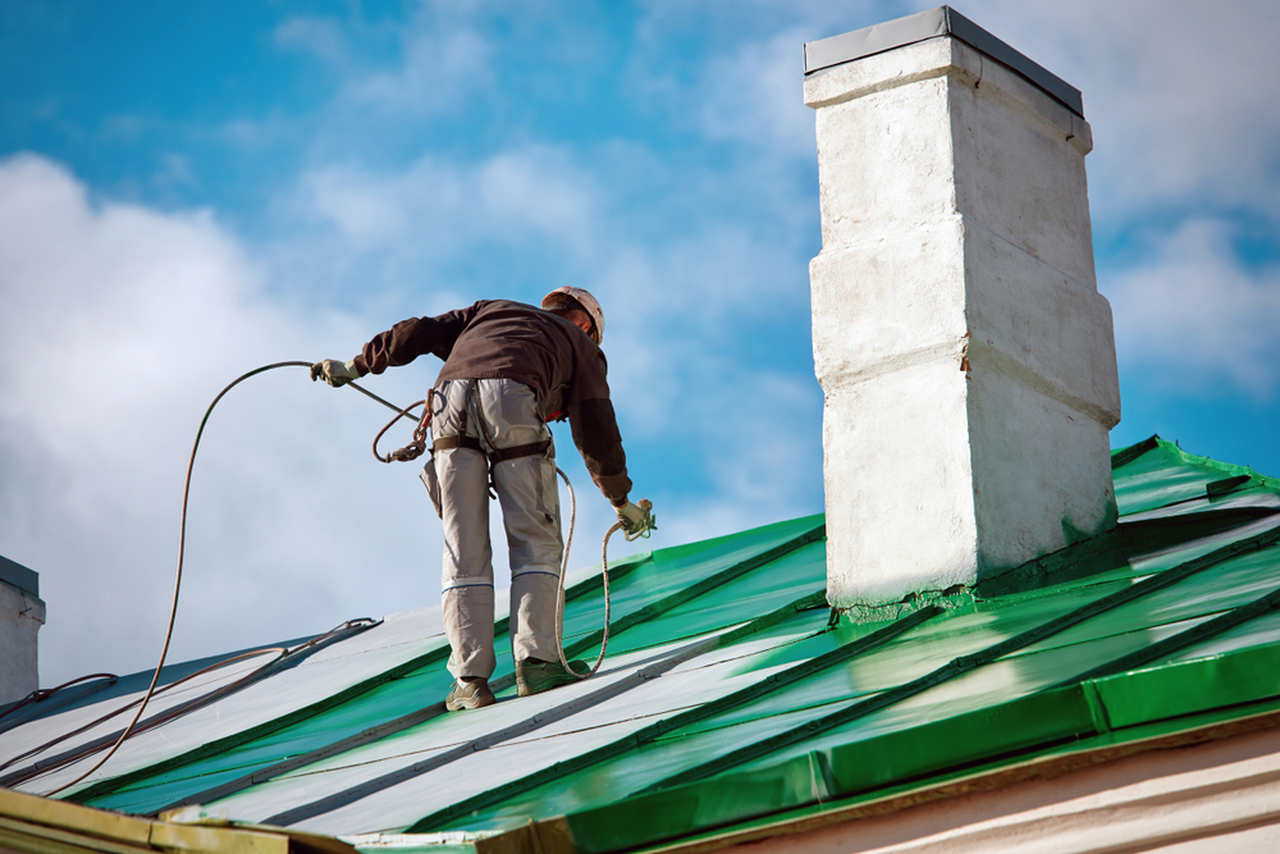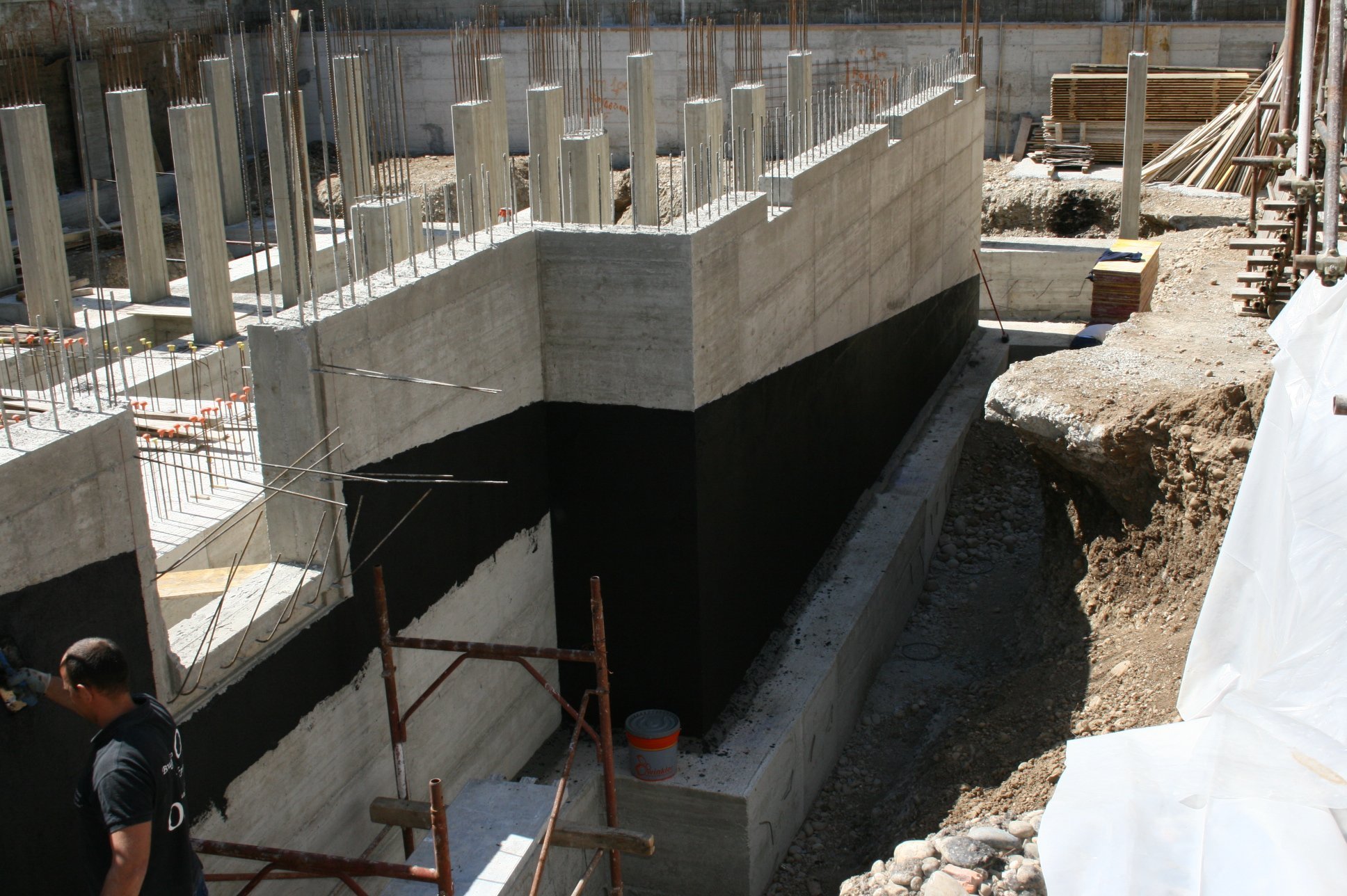What Makes Water Solutions Omaha a Smart Investment for Homeowners
Just How Waterproofing Functions: A Comprehensive Consider Methods and Technologies
Waterproofing is crucial for protecting structures from moisture-related damages. It entails numerous strategies and innovations that develop obstacles versus water breach. Standard approaches, such as compacted clay, exist together with modern innovations like liquid-applied membranes. Understanding the nuances of these strategies is essential for reliable application. The efficiency of any kind of waterproofing option pivots not only on the techniques utilized but additionally on ongoing upkeep and evaluation. What are the key elements that influence long-lasting performance?
Recognizing the Fundamentals of Waterproofing
Waterproofing is an important procedure that secures structures from water breach, which can result in substantial damage gradually. This approach includes the application of various products and techniques developed to develop a barrier versus moisture. The main objective is to stop water from penetrating surfaces, which can create wear and tear, mold and mildew development, and structural instability.Various aspects influence the option of waterproofing approach, consisting of the kind of structure, its area, and environmental problems. Recognizing the physics of water movement and the residential or commercial properties of various products is vital in picking a reliable waterproofing solution.Effective waterproofing not only safeguards buildings however also enhances their durability and stability. Commonly, it is integrated right into the design phase of building to ensure thorough protection. As awareness of water-related problems grows, the value of recognizing waterproofing principles comes to be significantly clear to engineers, builders, and residential property proprietors alike.
Typical Waterproofing Approaches
Standard waterproofing approaches have actually been used for centuries, relying upon tried and true methods and materials to safeguard frameworks from water damages. Among the oldest approaches entails using clay, which, when compressed, develops a natural barrier against moisture. Additionally, asphalt, a sticky, black product obtained from petroleum, has actually been used for its waterproof buildings, usually used to roofing systems and foundations.Another technique entails the application of lime-based plasters, which give a breathable layer that enables moisture to run away while stopping water ingress. Thatch roofing, a typical technique still seen in some cultures, supplies outstanding waterproofing due to its tightly loaded straw layers.Moreover, making use of rock and brick has actually projected, as these products are inherently immune to water when appropriately installed. On the whole, conventional waterproofing approaches highlight the importance of choosing appropriate materials and construction techniques to enhance durability against water breach.
Modern Waterproofing Technologies
Developments in modern-day waterproofing technologies have actually revolutionized the method frameworks are protected from water damage. Ingenious approaches such as liquid-applied membranes and innovative sealers have improved the performance and flexibility of waterproofing remedies. These technologies permit seamless application, lowering the danger of leakages and ensuring comprehensive insurance coverage over complex surfaces.Moreover, the combination of wise modern technologies, such as dampness sensing units and automated tracking systems, allows real-time assessment of waterproofing efficiency. This aggressive method promotes prompt upkeep and lowers lasting repair costs.Additionally, innovations in spray-applied coatings provide quick application and outstanding adhesion, adapting to various substrates while giving durable security. Strategies like polymer-modified systems additionally improve flexibility and durability, making them suitable for varied settings. Generally, contemporary waterproofing innovations not only reduce water intrusion but additionally add to the long life and sustainability of frameworks, marking a significant change in the market.
Materials Used in Waterproofing
The performance of waterproofing solutions greatly relies on the products used in their application. Numerous products are employed to produce barriers versus water access, each with one-of-a-kind residential properties fit for various settings. Frequently utilized products include membranes, layers, and sealants.Liquid-applied membranes, often made from polyurethane or acrylic, form a smooth barrier that adjusts to complex surfaces. Sheet membrane layers, typically constructed from rubber or thermoplastic, offer resilience and are optimal for larger locations. Furthermore, cementitious waterproofing products, composed of cementitious compounds, supply superb adhesion and flexibility.Sealants made from silicone or polyurethane are important for joints and seams, making certain extensive security. Advanced products, such as geo-composite membranes, combine multiple functions, boosting Your Domain Name performance. Generally, the selection of waterproofing materials is essential in accomplishing lasting and effective water resistance, tailored to certain job needs and ecological conditions.
Common Applications of Waterproofing
Waterproofing plays a crucial duty in numerous markets, ensuring the longevity and integrity of structures. Typical applications include residential remedies that safeguard homes, business facilities that safeguards businesses, and commercial setups that call for robust defense against dampness. Recognizing these applications highlights the importance of waterproofing in keeping both safety and capability across various environments.
Residential Waterproofing Solutions
Many house owners encounter difficulties with dampness breach, making efficient residential waterproofing services vital. Numerous approaches exist to resolve this problem, consisting of exterior and interior waterproofing systems. Inside remedies commonly involve the application of sealants and finishings to cellar walls, which help prevent water infiltration. Exterior approaches typically include the installation of drainage systems and water resistant membranes that divert water far from the foundation.Additionally, house owners might consider sump pumps to eliminate water accumulation and dehumidifiers to regulate moisture degrees. Correct grading and making use of seamless gutters likewise play an important role in taking care of water flow around the home. By applying these strategies, home owners can considerably lower the threat of water damage and mold growth, guaranteeing a completely dry and safe living setting.

Commercial Infrastructure Security
Efficient waterproofing services play a crucial role in the security of industrial facilities. Water Solutions. These strategies are necessary for guarding buildings, parking frameworks, and bridges from water damages, which can jeopardize architectural stability and result in costly repair work. Typical applications include the setup of membranes, finishings, and sealants that produce obstacles versus dampness seepage. Areas such as cellars, roofs, and exterior walls are often prioritized to assure long life and toughness. Furthermore, waterproofing systems can improve power effectiveness by stopping water-related concerns that may bring about mold development and degeneration. By executing robust waterproofing steps, homeowner can protect their financial investments and preserve operational performance, inevitably contributing to the general sustainability of commercial centers
Industrial Applications Overview
While different fields encounter one-of-a-kind obstacles, the need for dependable waterproofing solutions stays a continuous in commercial applications. Industries such as manufacturing, building, and power often experience atmospheres where moisture exposure can jeopardize structural honesty and functional effectiveness. In manufacturing facilities, waterproofing is essential for shielding equipment and materials from water damages. In construction, it safeguards structures and cellars against groundwater infiltration. The power field counts on waterproofing for the defense of equipment in hydroelectric plants and offshore structures. In addition, food processing industries utilize waterproofing to ensure hygiene and compliance with safety and security standards. Overall, effective waterproofing remedies are crucial for boosting durability, safety, and efficiency throughout various industrial settings.
Maintenance and Longevity of Waterproofing Solutions
Although waterproofing solutions are developed to supply long-term defense versus wetness breach, regular upkeep is crucial to ensure their performance and longevity - Drainage & waterproofing company Omaha. Routine read this inspections play a substantial role in determining possible problems such as splits, peeling, or indicators of water damage. Addressing these troubles promptly can protect against additional damage and expensive repairs.Additionally, cleaning up the surface of waterproofed locations aids eliminate dust and particles that could jeopardize the stability of the waterproofing barrier. It's also advisable to reapply protective layers or sealers as suggested by manufacturers to maintain perfect performance. Environmental variables, such as UV direct exposure and severe weather, can affect the life expectancy of waterproofing products, making regular assessment vital
Regularly Asked Questions
Can Waterproofing Be Applied in Winter?
The inquiry of using waterproofing in winter elevates problems concerning adhesion and curing. Numerous products may not perform at their ideal in reduced temperatures, requiring careful selection and factor to consider of certain standards for efficient application.
For How Long Does Waterproofing Generally Last?
The duration of waterproofing efficiency differs based upon products and environmental variables. Typically, it can last from 5 to 10 years, however normal upkeep and evaluations are important to guarantee peak efficiency and longevity.
Is DIY Waterproofing Effective and Safe?
The performance and security of DIY waterproofing rely on various factors, consisting of material quality waterproofing exterior deck over occupied space and application technique. While some people attain acceptable outcomes, others might experience problems that compromise long-term defense and architectural integrity.
What Are the Signs of Failing Waterproofing?
Signs of failing waterproofing consist of noticeable water spots, peeling paint, mold and mildew growth, stuffy smells, and wetness in wall surfaces or ceilings - Basement waterproofing Omaha. These indicators recommend jeopardized obstacles, demanding prompt assessment and potential removal to avoid additional damage
Just how Do I Choose the Right Waterproofing Specialist?
